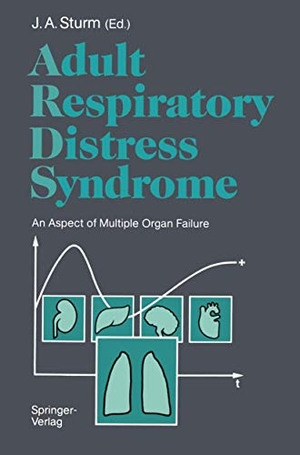Für statistische Zwecke und um bestmögliche Funktionalität zu bieten, speichert diese Website Cookies auf Ihrem Gerät. Das Speichern von Cookies kann in den Browser-Einstellungen deaktiviert werden. Wenn Sie die Website weiter nutzen, stimmen Sie der Verwendung von Cookies zu.
Cookie akzeptieren
Adult Respiratory Distress Syndrome
- Springer Berlin Heidelberg
- 1991
- Taschenbuch
- 360 Seiten
- ISBN 9783540521808
l. A. STURM In modern society, trauma remains the number one cause of death in people under 50 years, but, despite this, very little attention has been paid to trauma care compared with other diseases such as malignancy or myocardial infarction (Table 1). The efforts that have been made in medical care, however, have showed some success; for example although the frequency of traffic accidents in the Federal Republic of Germany has remained constant over the years, the number of deaths resulting from them has decreased (Fig. 1). The results of improvements in rescue systems, surgical techniques, and intensive care are evident, as shown by a
Mehr
Weniger
zzgl. Versand
in Kürze